Hollywood
Sullavan arrived in Hollywood on May 16, 1933, her 24th birthday. Her film debut came that same year in Only Yesterday. She chose her scripts carefully. She was dissatisfied with her performance in Only Yesterday. When she saw herself in the early rushes, she was so appalled that she tried to buy out her contract for $2,500, but Universal refused.
In his November 10, 1933, review in The New York Herald Tribune, Richard Watts, Jr. wrote that Sullavan "plays the tragic and lovelorn heroine of this shrewdly sentimental orgy with such forthright sympathy, wise reticence and honest feeling that she establishes herself with some definiteness as one of the cinema people to be watched". She followed that role with one in Little Man, What Now? (1934), about a couple struggling to survive in impoverished post–World War I Germany.
Originally, Universal was reluctant to make a movie about unemployment, starvation and homelessness, but Little Man was an important project to Sullavan. After Only Yesterday she wanted to try "the real thing". She later said that it was one of the few things she did in Hollywood that gave her a great measure of satisfaction. The Good Fairy (1935) was a comedy that Sullavan chose to illustrate her versatility. During the production, she married its director, William Wyler. King Vidor's So Red the Rose (1935) dealt with people in the South in the aftermath of the Civil War. It preceded by one year the publication of Margaret Mitchell's bestselling novel Gone With the Wind, and the novel's film adaptation by four years; the latter became a blockbuster. Sullavan played a childish Southern belle who matures into a responsible woman. The film also dealt with the situation of characters who were freed black slaves.
In Next Time We Love (1936), Sullavan plays opposite the then-unknown James Stewart. She had been campaigning for Stewart to be her leading man and the studio complied for fear that she would stage a threatened strike. The film dealt with a married couple who had grown apart over the years. The plot was unconvincing and simple, but the gentle interplay between Sullavan and Stewart saves the movie from being a soapy and sappy experience. Next Time We Love was the first of four films made by Sullavan and Stewart.
From The Shining Hour (1938)
In the comedy The Moon's Our Home (1936), Sullavan played opposite her ex-husband Henry Fonda. The original script was rather pallid, and Dorothy Parker and Alan Campbell were brought in to punch up the dialogue, reportedly at Sullavan's insistence. Sullavan and Fonda play a newly married couple, and the movie is a cavalcade of insults and quips. Her seventh film, Three Comrades (1938), is a drama set in post–World War I Germany. Three returning German soldiers meet Sullavan who joins them and eventually marries one of them. She gained an Oscar nomination for her role and was named the year's best actress by the New York Film Critics Circle.
Sullavan reunited with Stewart in The Shopworn Angel (1938). Stewart played a sweet, naive Texan soldier on his way to Europe (World War I) who marries Sullavan on the way. Her ninth film was the rather soapy The Shining Hour (1938), playing the suicidal sister-in-law to Joan Crawford. In The Shop Around the Corner (1940), Sullavan and Stewart worked together again, playing colleagues who do not get along at work, but have both responded to a lonely-hearts ad and are (without knowing it) exchanging letters with each other.
The Mortal Storm (1940) was the last movie Sullavan and Stewart did together. Sullavan played a young German girl engaged in 1933 to a confirmed Nazi (Robert Young). When she realizes the true nature of his political views, she breaks the engagement and turns her attention to anti-Nazi Stewart. Later, trying to flee the Nazi regime, Sullavan and Stewart attempt to ski across the border to safety in Austria. Sullavan is gunned down by the Nazis (under orders from her ex-fiancé). Stewart, at her request, picks up the dying Sullavan and takes her by skis into Austria, so she can die in what was still a free country.
Back Street (1941) was lauded as one of the best performances of Sullavan's Hollywood career. She wanted Charles Boyer to play opposite her so much that she agreed to surrender top billing to him. Boyer plays a selfish and married banker and Sullavan his long-suffering mistress. Although he loves Sullavan, he is unwilling to leave his wife and family in favour of her. So Ends Our Night (1941) was another wartime drama. Sullavan (on loan for a one-picture deal from Universal) plays a Jewish girl perpetually on the move with falsified passport and identification papers and always fearing that the officials will discover her. On her way across Europe, she meets up with a young Jewish man (Glenn Ford) and the two fall in love.
Sullavan as the night club singer who learns about love in The Shopworn Angel (1938).
A 1940 court decision obligated Sullavan to fulfill her original 1933 agreement with Universal, requiring her to make two more films for them. Back Street (1941) came first. The light comedy, Appointment for Love (1941), was Sullavan's last picture with that company. In the film, Sullavan appeared with Boyer again. Boyer's character marries Sullavan, who tells him that his past affairs mean nothing to her. She insists that each must have an apartment in the same building and that they meet only once a day, at seven o'clock in the morning.
Cry 'Havoc' (1943) is a World War II drama and a rare all-female film. Sullavan played the strong mother figure who keeps a crew of nurses in line in a dugout in Bataan, while they are awaiting the advance of Japanese soldiers who are about to take over. It was the last film Sullavan made with Metro-Goldwyn-Mayer. After its completion, she was free of all film commitments. She had often referred to MGM and Universal as "jails". When her husband, Leland Hayward, tried to read her the good reviews of Cry 'Havoc', she responded with usual bluntness: "You read them, use them for toilet paper. I had enough hell with that damned picture while making it – I don't want to read about it now!"
Films with James Stewart
Sullavan's co-starring roles with James Stewart are among the highlights of their early careers. In 1935, Sullavan had decided on doing Next Time We Love. She had strong reservations about the story, but had to "work off the damned contract". The script contained a role she thought might be ideal for Stewart, who was best friends with Sullavan's first husband, actor Henry Fonda. Years earlier, during a casual conversation with some fellow actors on Broadway, Sullavan predicted Stewart would become a major Hollywood star.
By 1936, Stewart was a contract player at MGM but getting only small parts in B-movies. At that time Sullavan worked for Universal and when she brought up Stewart's name, they were puzzled. The Universal casting people had never heard of him. At Sullavan's suggestion Universal agreed to test him for her leading man and eventually he was borrowed from a willing MGM to star with Sullavan in Next Time We Love.
Sullavan and Stewart in The Shopworn Angel, 1938.
Stewart had been nervous and unsure of himself during the early stages of production. At that time he had only had two minor MGM parts which had not given him much camera experience. The director, Edward H. Griffith, began bullying Stewart. "Maggie, he's wet behind the ears," Griffith told Sullavan. "He's going to make a mess of things."
She believed in Stewart and spent evenings coaching him and helping him scale down his awkward mannerisms and hesitant speech that were soon to be famous around the world. "It was Margaret Sullavan who made James Stewart a star," director Griffith later said. "And she did, too," Bill Grady from MGM agreed. "That boy came back from Universal so changed I hardly recognized him."[20] Gossip in Hollywood at that time (1935–36) was that William Wyler, Sullavan's then-husband, was suspicious about his wife's and Stewart's private rehearsing together.
When Sullavan divorced Wyler in 1936 and married Leland Hayward that same year, they moved to a colonial house just a block down from Stewart. Stewart's frequent visits to the Sullavan/Hayward home soon restoked the rumors of his romantic feelings for Sullavan. Sullavan and Stewart's second movie together was The Shopworn Angel (1938). "Why, they're red-hot when they get in front of a camera," Louis B. Mayer said about their onscreen chemistry. "I don't know what the hell it is, but it sure jumps off the screen."
Walter Pidgeon, who was part of the triangle in The Shopworn Angel later recalled: "I really felt like the odd-man-out in that one. It was really all Jimmy and Maggie ... It was so obvious he was in love with her. He came absolutely alive in his scenes with her, playing with a conviction and a sincerity I never knew him to summon away from her." Eventually the duo made four movies together between 1936 and 1940 (Next Time We Love, The Shopworn Angel, The Shop Around the Corner, and The Mortal Storm).
Later years
Margaret Sullavan and Leland Hayward among the patrons of the Stork Club in New York City (November 1944)
Sullavan took a break from films from 1943-50. Throughout her career, Sullavan seemed to prefer the stage to the movies. She felt that only on the stage could she improve her skills as an actor. "When I really learn to act, I may take what I have learned back to Hollywood and display it on the screen", she said in an interview in October 1936 (when she was doing Stage Door on Broadway between movies). "But as long as the flesh-and-blood theatre will have me, it is to the flesh-and-blood theatre I'll belong. I really am stage-struck. And if that be treason, Hollywood will have to make the most of it".
Another reason for her early retirement from the screen (1943) was that she wanted to spend more time with her children, Brooke, Bridget and Bill (then 6, 4 and 2 years old). She felt that she had been neglecting them and felt guilty about it. Sullavan would still do stage work on occasion. From 1943–44 she played the sexually inexperienced but curious Sally Middleton in The Voice of the Turtle (by John Van Druten) on Broadway and later in London (1947). After her short return to the screen in 1950 with No Sad Songs for Me, she did not return to the stage until 1952.
Her choice then was as the suicidal Hester Collyer, who meets a fellow sufferer, Mr. Miller (played by Herbert Berghof), in Terence Rattigan's The Deep Blue Sea. In 1953 she agreed to appear in Sabrina Fair by Samuel Taylor.
She came back to the screen in 1950 to do one last picture, No Sad Songs for Me. She played a suburban housewife and mother who learns that she will die of cancer within a year and who then determines to find a "second" wife for her soon-to-be-widower husband (Wendell Corey). Natalie Wood, then eleven, plays their daughter.
After No Sad Songs for Me and its favorable reviews, Sullavan had a number of offers for other films, but she decided to concentrate on the stage for the rest of her career.
In 1955–56 Sullavan appeared in Janus, a comedy by playwright Carolyn Green. Sullavan played the part of Jessica who writes under the pen name Janus, and Robert Preston played her husband. The play ran for 251 performances from November 1955 to June 1956.
In the late 1950s Sullavan's hearing and depression were getting worse. However, in 1959 she agreed to do Sweet Love Remembered by playwright Ruth Goetz. It was to be Sullavan's first Broadway appearance in four years. Rehearsals began on December 1, 1959. She had mixed emotions about a return to acting and her depression soon became clear to everyone: "I loathe acting", she said on the very day she started rehearsals. "I loathe what it does to my life. It cancels you out. You cannot live while you are working. You are a person surrounded by an unbreachable wall".
On December 18, 1955, Sullavan appeared as the mystery guest on the TV panel show What's My Line?.

 Amanda S. Stevenson
Amanda S. Stevenson 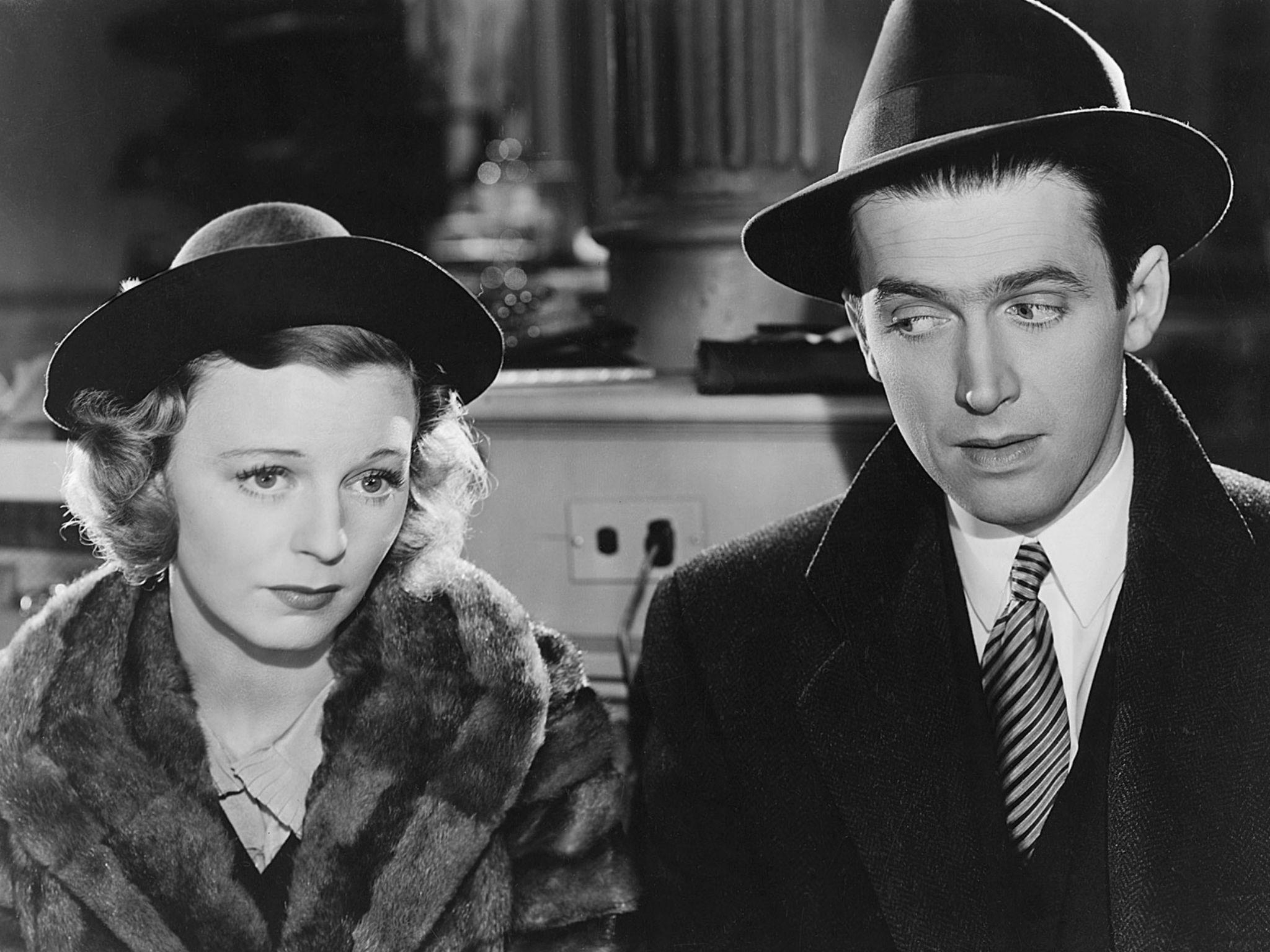
 Amanda S. Stevenson
Amanda S. Stevenson 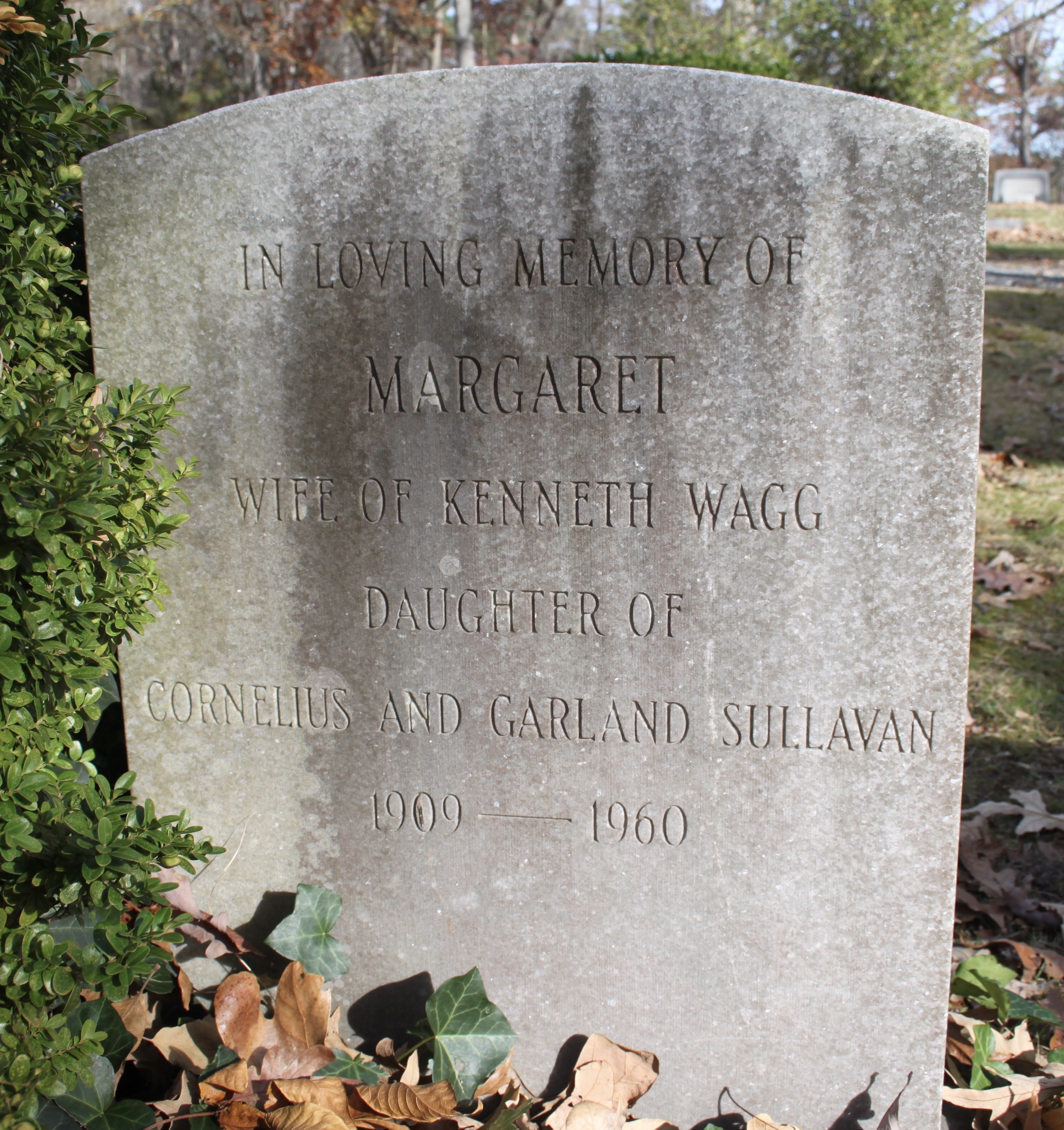
 Amanda S. Stevenson
Amanda S. Stevenson 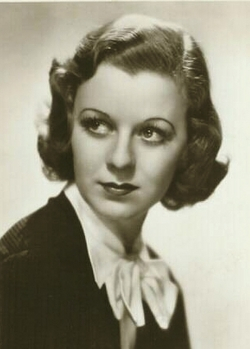
 Amanda S. Stevenson
Amanda S. Stevenson 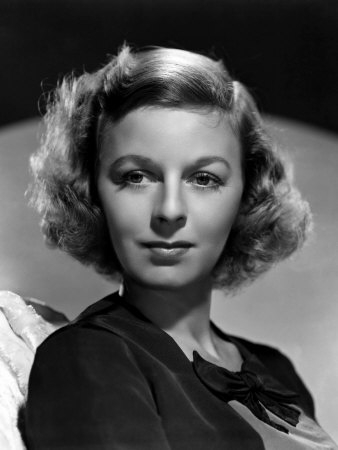
 Amanda S. Stevenson
Amanda S. Stevenson 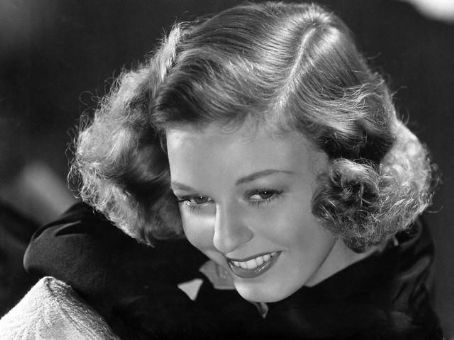
 Amanda S. Stevenson
Amanda S. Stevenson 
 Amanda S. Stevenson
Amanda S. Stevenson 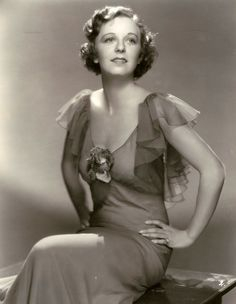
 Amanda S. Stevenson
Amanda S. Stevenson 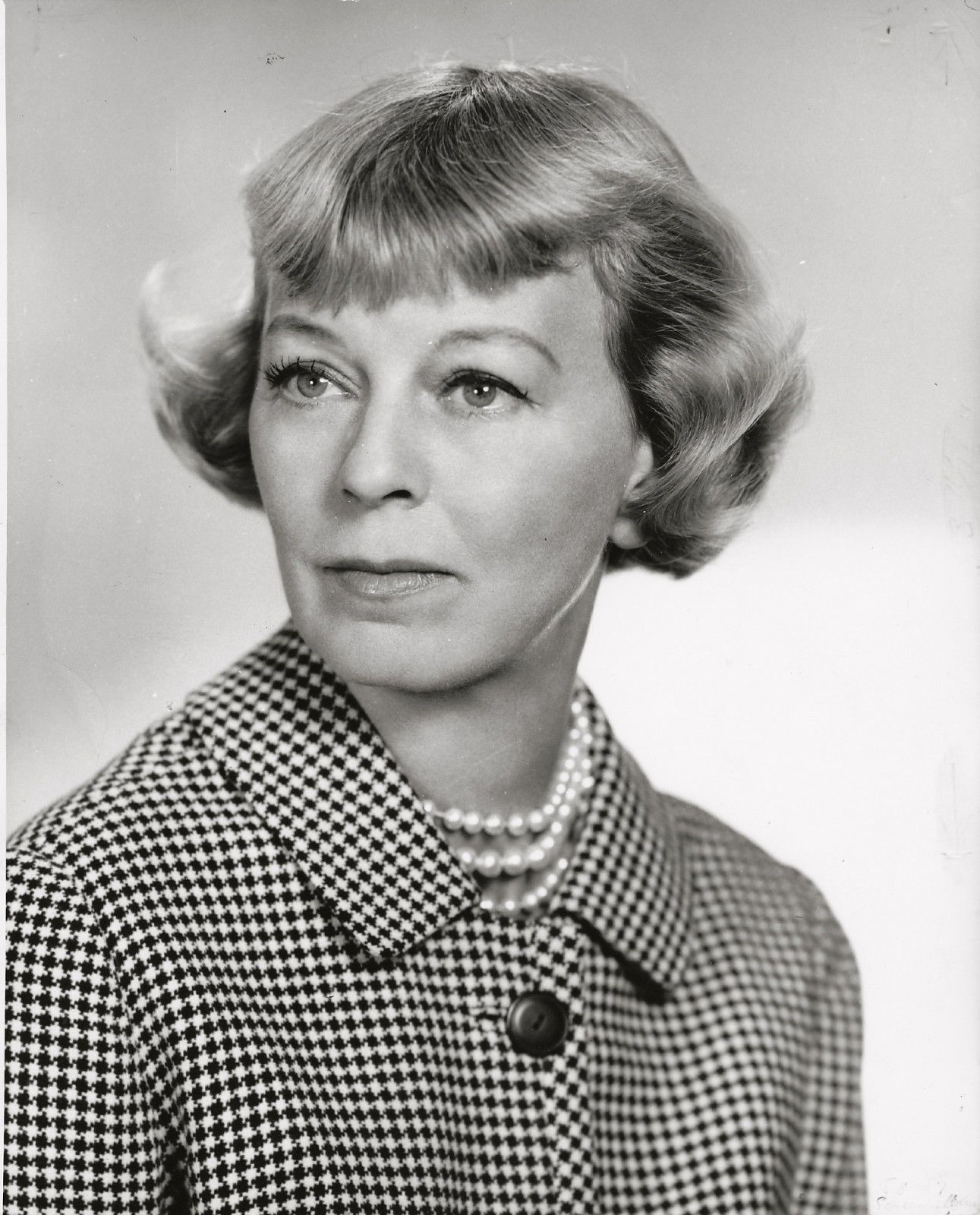
 Amanda S. Stevenson
Amanda S. Stevenson 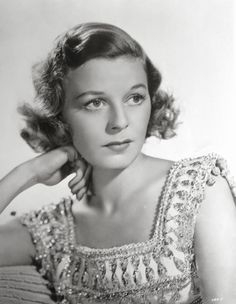
 Amanda S. Stevenson
Amanda S. Stevenson 